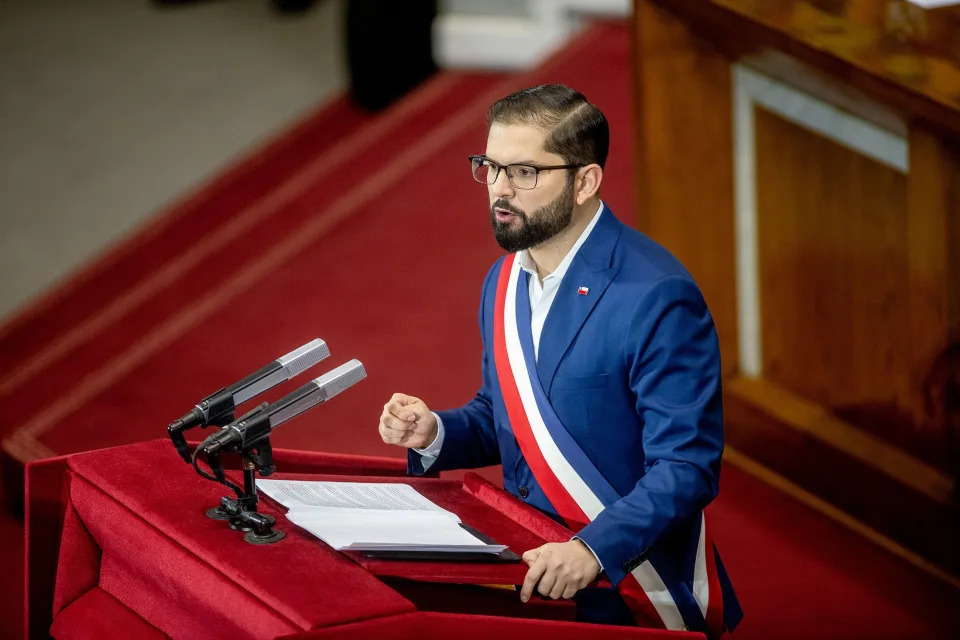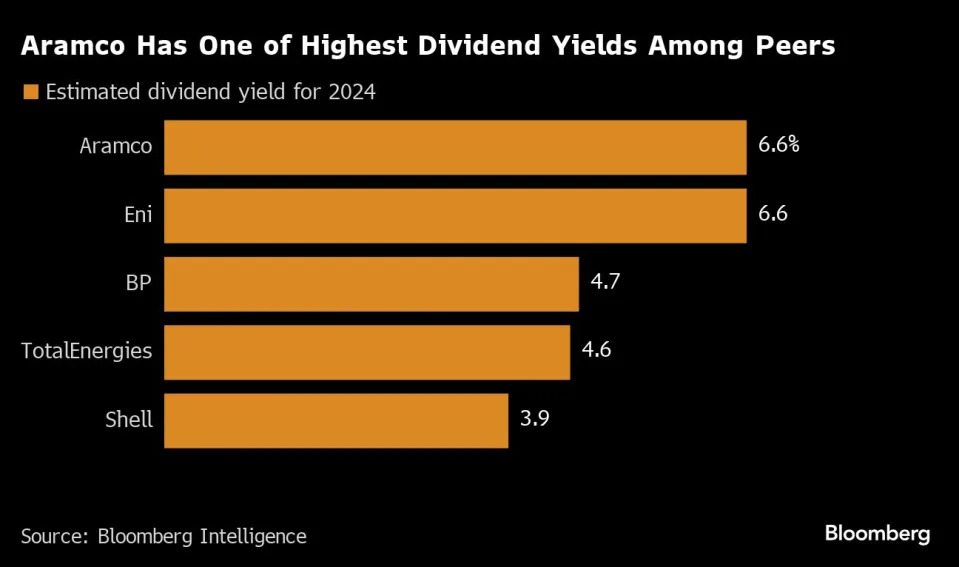Canada's biggest province expects to land another EV battery plant
, Bloomberg News
Ontario expects to land another major electric vehicle battery plant, its economy minister said, as Canada’s most populous province tries to capitalize on what it views as a short-lived opportunity to secure the future of its auto sector.
It has already lured commitments for major plants from Stellantis NV, Volkswagen AG and Honda Motor Co., with the help of promises of billions of dollars from government. Ontario has its eyes on three more prospects and is confident it will land at least one, said Vic Fedeli, its minister of economic development and trade.
“The window in EV is going to close very, very shortly,” Fedeli said in an interview with Bloomberg in Toronto, explaining that he believes new facilities need to be opened by 2027 or 2028. “It’s starting to close now, meaning that everybody needs a dance partner.”
Ontario has jumped into the global race to use public money to attract investment from EV manufacturers, making the case that it must act quickly to keep a share of the auto-assembly business amid aggressive competition from the U.S. and China. It’s also a strategy to ensure the long-term future of existing factories where automakers might wind down production of gasoline-powered cars and trucks.
Fedeli wouldn’t disclose which companies he’s speaking with, though his team has concentrated much of its time and attention on major automaking countries including the U.S., Japan and Germany.
Canada got Volkswagen and Stellantis to sign on to new EV battery plants in Ontario by promising to match the enormous subsidies available in the U.S. Inflation Reduction Act. For the Honda deal, which is an estimated C$15 billion in total investment, the federal and provincial governments relied on a financial package — including tax credits and capital cost subsidies — worth as much as C$5 billion.
Canada has leaned into these investments even as demand for EVs is slowing. Global sales of all-electric and plug-in hybrid vehicles grew 62 per cent in 2022, 31 per cent last year and are forecast to rise at a slower rate again this year, according to Bloomberg NEF data. The vast majority of Canada’s vehicle production is exported to the U.S.
Ontario’s auto industry has hit those speed bumps. In April, Ford Motor Co. pushed back the start of electric vehicle production in Oakville, its lone Canadian assembly plant, by two years to 2027. The automaker said it needed more time to see the consumer market pick up.
Fedeli, however, argues that there’s “long-term life” in electric vehicle investments, pointing to robust North American sales as well as government mandates to try to force adoption of EVs.
Life sciences
Though provincial government is still chasing EV deals, Fedeli said the “closing window” for these projects means it’s starting to focus more on attracting foreign investment in the life sciences sector.
Ontario, which has a population of about 16 million people, has already landed C$4 billion in investments from companies like the vaccine-making division of France’s Sanofi SA, UK-based AstraZeneca Plc, Swiss health care company Roche Holding AG and US-based Omni International, he said.
Fedeli, who founded an advertising company before entering politics, describes himself and Premier Doug Ford as businesspeople at heart. Pulling out his phone, Fedeli said that every single day without fail — even Christmas Day — he sends the premier a text message with the name of a company and the amount it’s investing in Ontario. It’s their “one-a-day vitamin,” he said.











